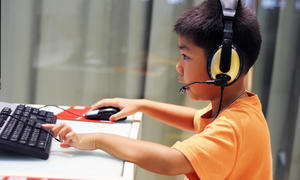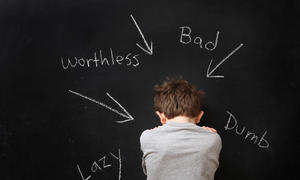article
Helping Others Gives New Meaning to Learning

When this special education teacher found a way for her students to leave their self-contained classroom to help their peers, they gained new perspectives and became more compassionate with others and themselves.



